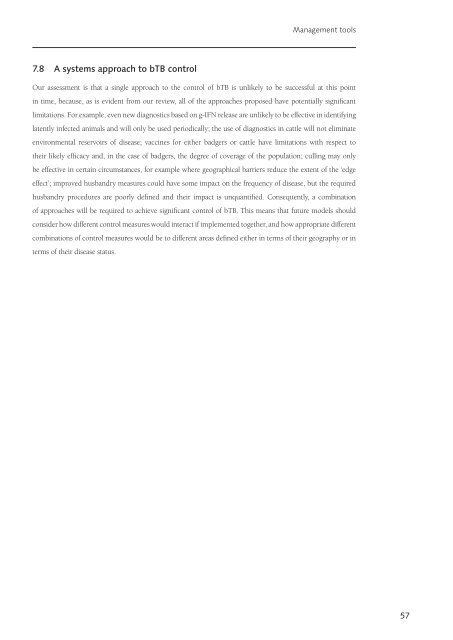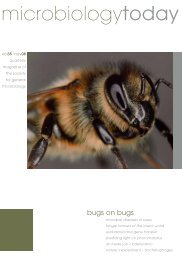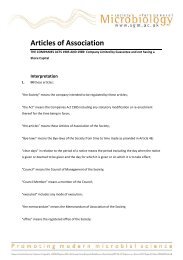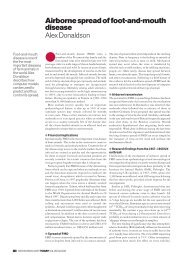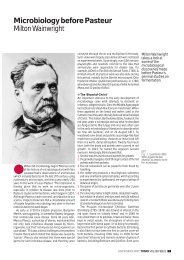final report - ARCHIVE: Defra
final report - ARCHIVE: Defra
final report - ARCHIVE: Defra
You also want an ePaper? Increase the reach of your titles
YUMPU automatically turns print PDFs into web optimized ePapers that Google loves.
Management tools<br />
7.8 A systems approach to bTB control<br />
Our assessment is that a single approach to the control of bTB is unlikely to be successful at this point<br />
in time, because, as is evident from our review, all of the approaches proposed have potentially significant<br />
limitations. For example, even new diagnostics based on g-IFN release are unlikely to be effective in identifying<br />
latently infected animals and will only be used periodically; the use of diagnostics in cattle will not eliminate<br />
environmental reservoirs of disease; vaccines for either badgers or cattle have limitations with respect to<br />
their likely efficacy and, in the case of badgers, the degree of coverage of the population; culling may only<br />
be effective in certain circumstances, for example where geographical barriers reduce the extent of the ‘edge<br />
effect’; improved husbandry measures could have some impact on the frequency of disease, but the required<br />
husbandry procedures are poorly defined and their impact is unquantified. Consequently, a combination<br />
of approaches will be required to achieve significant control of bTB. This means that future models should<br />
consider how different control measures would interact if implemented together, and how appropriate different<br />
combinations of control measures would be to different areas defined either in terms of their geography or in<br />
terms of their disease status.<br />
57


